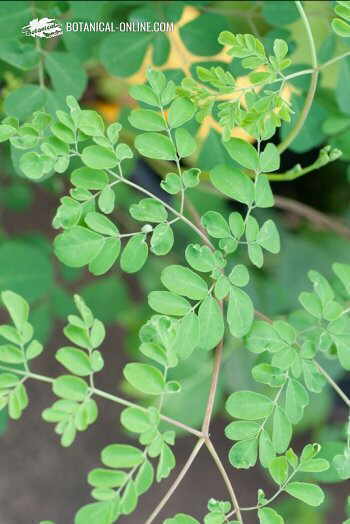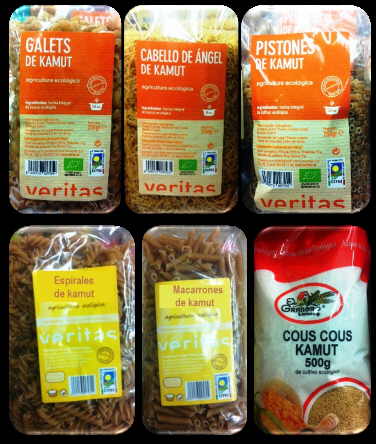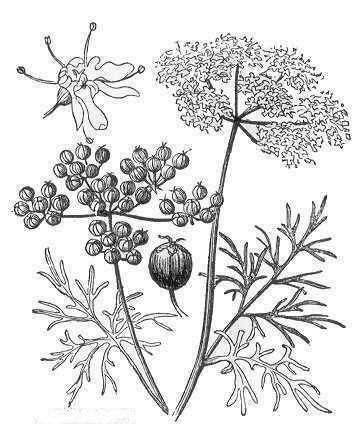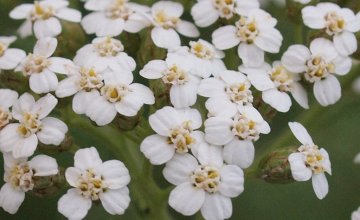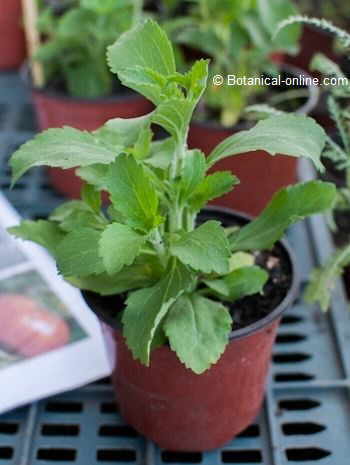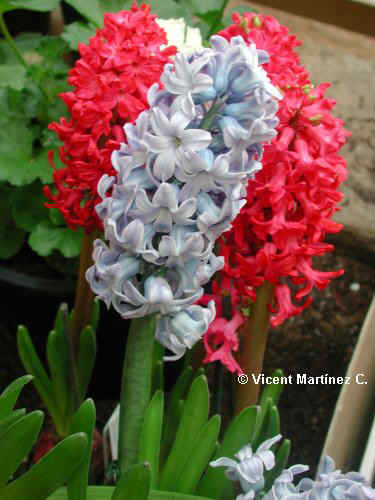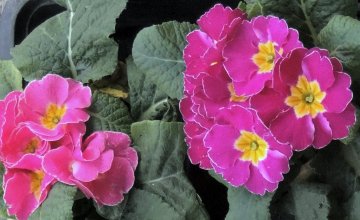Contents
How to grow cabbage
Description of Brassica oleracea
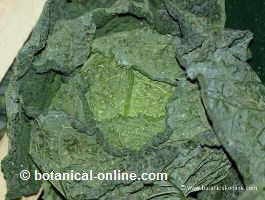 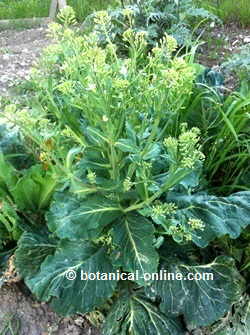 |
Cabbage (Brassica oleracea) is the most widely cultivated plant in the crucifer family (Brassicaceae).
We can dispose of it at home all trough the year, as there are varieties for every season, including the most popular, Savoy cabbage (characterized by curly leaves). There are even flowerbeds varieties valid for decorating.
Cabbages can be biennials or annuals, generally between 25 and 70 cm. high. When they bloom, they can reach up to 1 m. Glabrous woody stems ascending, with foliar signs.
Upper leaves sessile; lower ones more fleshy, petiolated and with lobes. They can be light green, dark green blue, white, purple, straight or curly, depending on which variety it is grown.
Yellow or white flowers up to 2.5 cm., Grouped in little compact clusters.
Siliqua fruits up to 8 cm.
Cabbage climate and cultivation conditions
- They must be planted in full sun.
- Generally well adapted to all soil types, but they prefer calcareous, well moist and well drained soil. This must be rich in organic matter, with a pH between 6.5 – 7 and with abundant nitrogen.
- You should make crop rotation during the year.
How to plant cabbages in the garden
– Seeds must be sown in seedling, and 4 weeks later, they can be replanted in a place where previously there has been another crop. They will especially appreciate that there has been vegetables. Do not plow the land.
– Cabbages should be planted, depending on variety, in spring or autumn, at temperatures between 15-20 ° C.
– Maintain a distance of 15 to 30 cm. between plants.
Cabbages cultivation calendar

| Cabbage type | Sowing | Harvest | Varieties |
| Winter cabbages (frost hardy) | April-May | 150 days | Savoy cabbages |
| Spring cabbages | July-August | 150 days | Spring greens |
| Summer cabbages | February-May | 150 days | Golden Acre |
What to do after plantation
– 2 weeks after planting, add a little soil at the base to protect them from frost.
– Weeding weeds weekly cleaning
Cabbage irrigation
- Normal irrigation, especially when seedling and just after being transplanted. They never should not be allowed to dry in both cases, though they should not be watered too much.
- About three weeks before they become adult plants, one should apply one thorough watering, especially when weather conditions are very dry.
- During the rest of the year, a weekly watering can serve at a rate of 10 liters per square meter.
Cabbage Harvesting and gathering
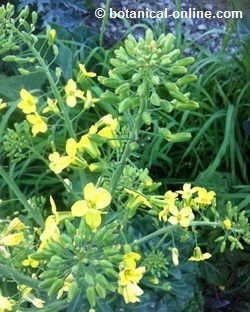 |
The cabbage should be harvested when they are tender, with a clean, sharp knife, removing the outer leaves.
Should be eaten soon after harvesting and can not be used in herbal medicine as dried plants as they lose their properties.
Some varieties of winter Winter White can be stored.
Cabbage flowers properties
Cabbage flowers are yellow or white . They are born weeks after cutting cabbages, from erect flowering stems which give these plants a look similar to a chandelier.
Cabbage flowers have a pungent and sweet flavor, very nice to eat stew, boiled, or added to salads.
Cabbage is a common vegetable in our tables, as it is in every supermarket. But only people with a private garden can eat delicious cabbage flowers.
The flowers of the cabbage, which belongs to the same family as broccoli and mustard are edible and can be used in the following ways:
- Unopened floral heads, boiled or steamed and mixed with potatoes.
- Opened flowers with other vegetables in salads.
![]() More information about cabbage.
More information about cabbage.

